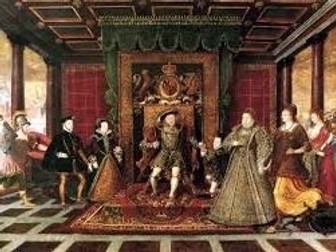How did the role of parliament change during the Tudor Period?
<p>This lessons looks at the changing role of parliament under the Tudor monarchs.</p>
<p>It contains an information sheet about the role of parliament before the Tudors and how its role developed over time, a table for the students to record the key Acts brought in during the Reformation parliament, and tasked designed for students to learn how the role of parliament during the Tudor period.</p>





